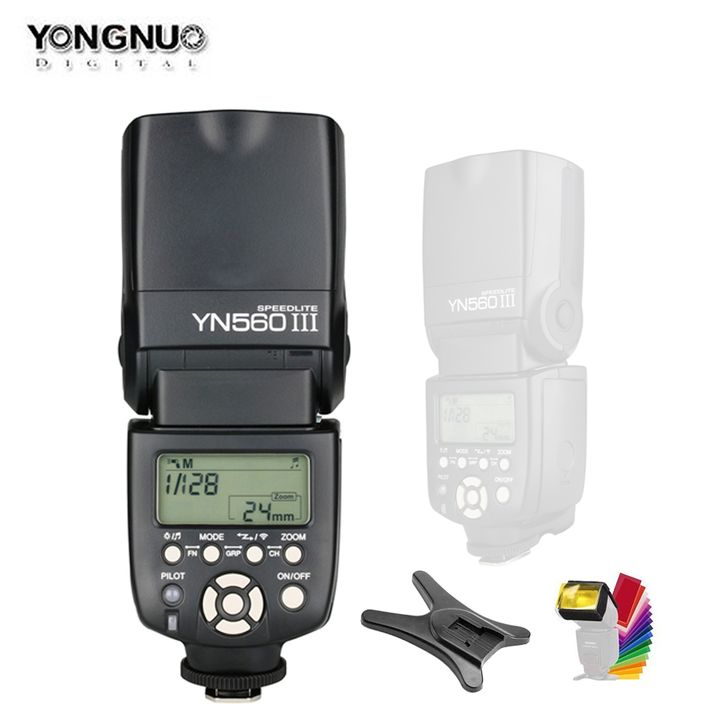

Your opinions and lighthearted banter are fine, but don't let it get personal or excessive.įollow Reddiquette when voting and posting. Well formulated posts with clear accurate titles will help, the better the post the better the response.īeginner or Pro all interest levels in photography are welcome to contribute. Hope this helps and have fun with the experiments.A place to converse with the photographic community here on Reddit. The goal is to get a sense of how the flash works at varied distances and varied exposures. You can also try it with a fixed f-stop and varying f-stops. Try this at another distance such as 12 feet, then 16 feet. This should give you a sense of how the flash works. So set it at half power then snap, then quarter power, etc. Now take more photos reducing the power by half each time. Set the camera to its sync speed and set the flash to full power and take a picture. Set a "target" to be photographed at 8 feet from the camera. I find that experimenting with the flash is a good way to learn. Guide numbers and light meters are "scientific" methods. You can also purchase a hand-held light meter that will calculate various exposure and flash settings based on setting one or other. Search for Guide Number on the web and you will find information on calculating the settings. GEAR: 5DII, 7D(x2), 50D(x3), some other cameras, various lenses & accessoriesīecause it does not have TTL you will need to use it in manual mode.

And I know people using various Yongnuo flashes with their Canon cameras, have never heard of any trigger voltage problems with them at all. Modern Canon cameras - including the 50D - are rated to be able to handle 250 volts via the hot shoe or the PC socket. I haven't been able to find specifics about their flashes' exact trigger voltage, but since Yongnuo's own 602 & 603 radio triggers are only rated for 30 volts max, it's a pretty safe bet their own flashes' trigger voltages are kept well below that. Canon flashes fire with 3.3 volts, for example. ISO standards beginning in 1992 for flash set them to a trigger voltage of 24 volts max. I don't know if this is exactly the same functionality as ETTL, but agree that it's likely worth spending the extra for it.Īs modern flashes, the Yongnuo must be using a safe, low trigger voltage. To get TTL control in a Yongnuo flash, you need to spend a bit more and get the YN-568 flash. It also is said to have an improved overheating prevention system compared to the 560 or 560 II. currently just triggering and nothing else, but supposedly a remote radio controller is being worked upon and will be available eventually (the flash is already set up for it, supposedly). The YN-560 III does have an added LCD control screen and radio triggering. The YN-560 III is still a manually set flash, no TTL control.


 0 kommentar(er)
0 kommentar(er)
